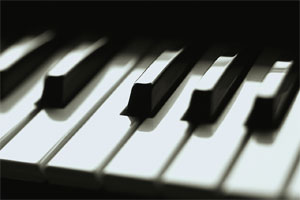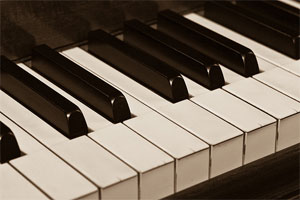Time management is one of the most difficult things facing all of us and it doesn’t get any easier as we age. Finding time to pursue your passion – such as playing music – can be a real challenge and with our daily routines, it can seem almost impossible. I can’t make more time for you but I can provide some tips on how to find and schedule a time to practice your music.
Many people assume that because I am a professional that I must have all the time in the world to practice since it’s my career. Yet it is a constant challenge not just for me but for other professionals.
Likewise, I have a student who just entered the Manhattan School of Music on a scholarship and you would think that because he is at a music conservatory he would have plenty of time to practice; this is not the case even there!
Finding time to practice music is a challenge for everyone. Whether you are a professional, a student, or just a hobbyist; this is a challenge that everyone faces.
Setting a routine for yourself is going to be one of the best ways to schedule out a portion of your day and commit to practicing. If you force yourself to practice at a certain time and schedule your day around if you are much less likely to skip it. You must be strict with yourself and not let distractions get in the way if it’s time to practice you should practice! If you do this enough it will become a part of your day and if you miss it you will feel like you have missed a major part of your life. If practice is important to you then this is something you must do.
Use extra time for practicing – even if it’s only a few minutes. Maybe you have an appointment or a student and they are running late, use those extra few minutes to sit down at your piano and practice. It’s ok if it’s only five or ten minutes, practice is practice and every little bit can help. If you are near your instrument and have a few extra minutes you should definitely try and practice. Put down the smartphone or tablet or turn off the TV and just practice; you’ll be glad you spent those few minutes productively.
Practice your music mentally. I have a whole video dedicated to the subject of Playing Piano With Your Mind. This is a really important way of practicing your music when you can’t get to a piano. Whether you are on a plane, a train, in a car, or lying in bed, wherever you are that you can think about your music and analyze it mentally is a great way to practice. It might sound like a silly concept but this is a very powerful way to enhance your playing.
These are some ways you can improve your habits of practicing music and achieve much more with less time. If you have any comments or suggestions on this topic I would like to hear them. Thanks again for joining us, info@livingpianos.com (949) 244-3729

















